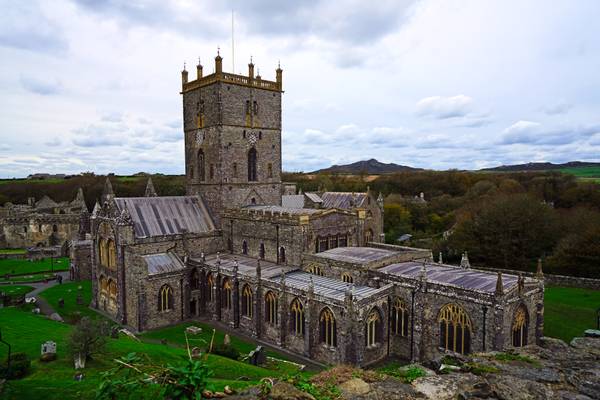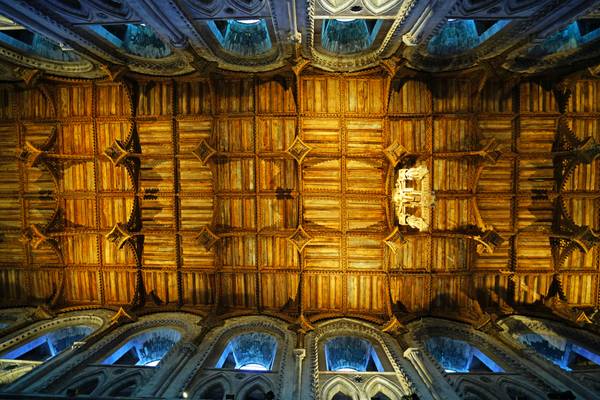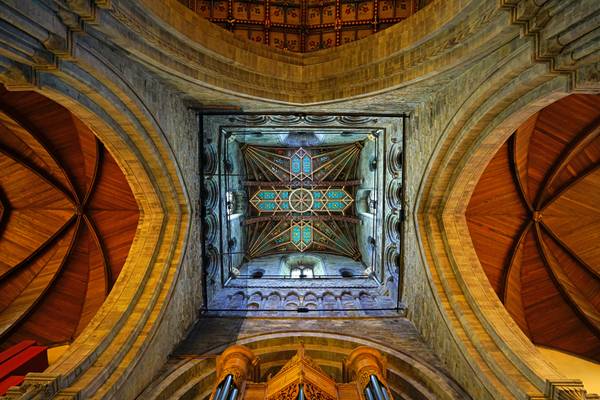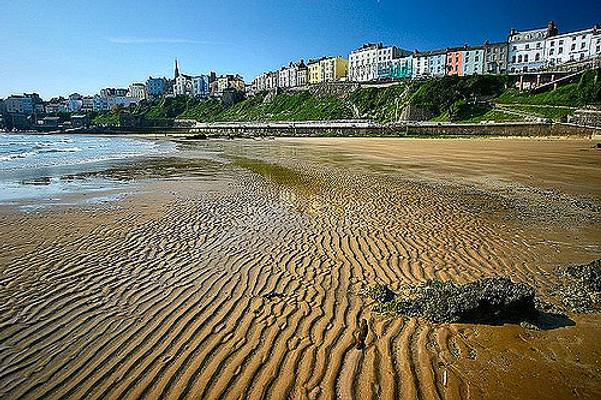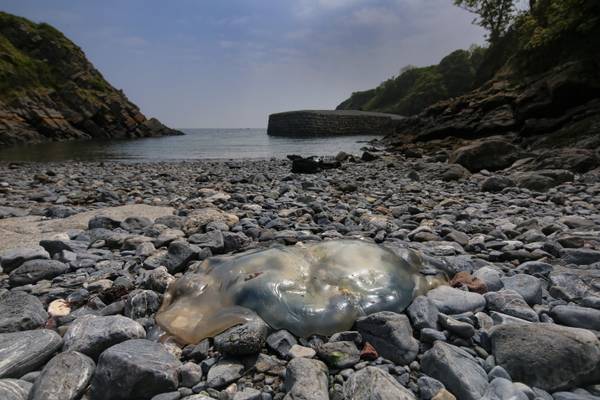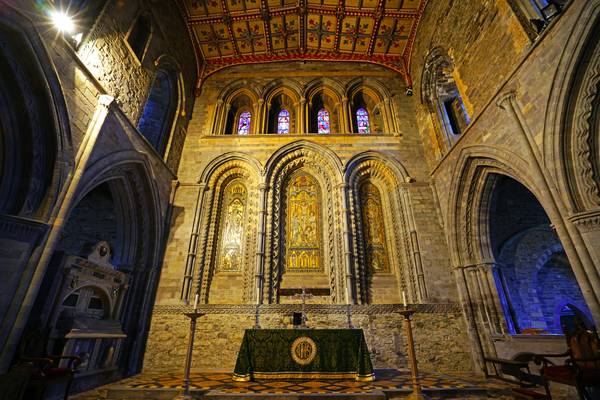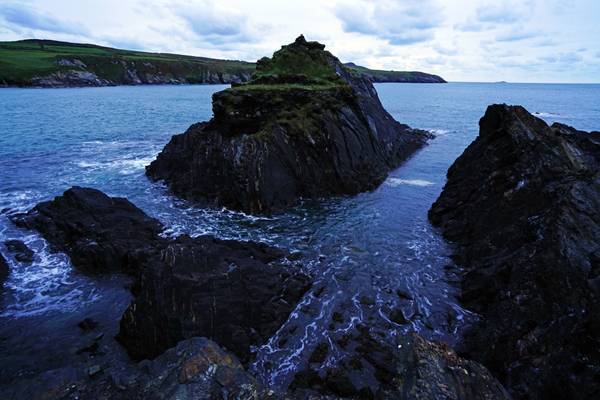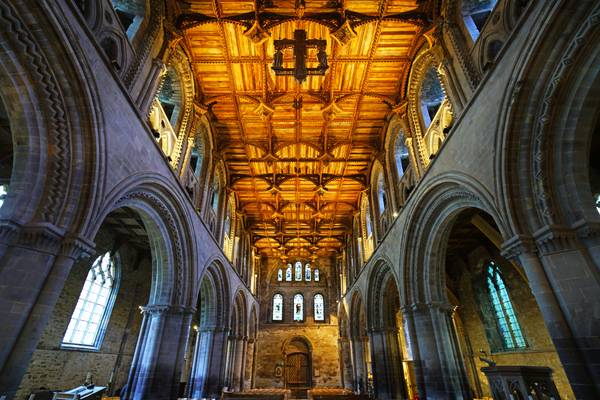
Pembrokeshire Coast National Park
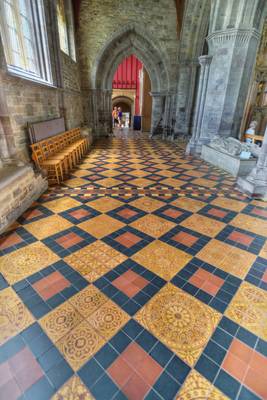
by jim stephenw
HDR image taken inside St David's cathedral, by tone-mapping 3 exposures taken at +2EV, 0EV and -2EV.
St David's Cathedral is situated in St Davids in the county of Pembrokeshire, on the most westerly point of Wales. Built upon the site of St David's 6th century monastery, St David’s Cathedral has been a site of pilgrimage and worship for many hundreds of years and remains a church serving a living community. During the 10th and 11th centuries the cathedral was regularly raided by Vikings arriving from the western seaways. A visitor in the 11th century found only an abandoned site with St David's shrine lost amongst the undergrowth. It is known that in 1089 the shrine had been removed from the church and stripped of the precious metals which had adorned it. In 1115 Bishop Bernard was appointed bishop of St Davids by King Henry I, and in 1123 Bishop Bernard secured a "privilege" from Pope Calixtus II. In 1131 he dedicated a new cathedral and in 1181 work on the present Cathedral was begun.
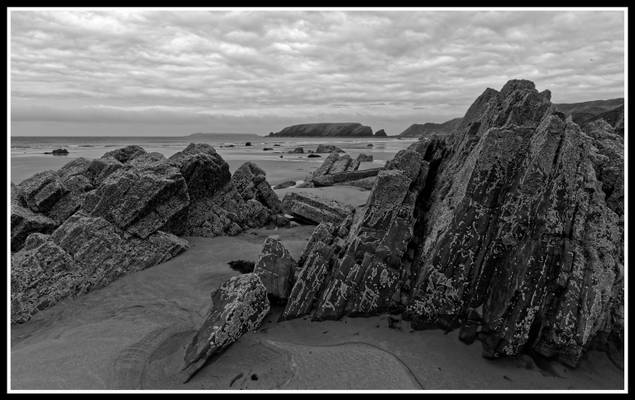
by jim stephenw
A few of the photos taken during a visit to Marloes Sands, just outside the village of Marloes. Gateholm is in the foreground with Skokholm in the background.

by Alan Taylor
The Pembrokeshire Coast Path National Trail twists and turns its way through 186 miles of the most breathtaking coastal scenery in Britain.
From St Dogmaels in the north to Amroth in the south, the trail covers almost every kind of maritime landscape from rugged cliff tops and sheltered coves to wide-open beaches and winding estuaries.
Lying almost entirely within the Pembrokeshire Coast National Park, Britain's only truly coastal National Park, the trail displays an array of coastal flowers and bird life, as well as evidence of human activity from Neolithic times to the present.
In its entirety the Coast Path represents a formidable physical challenge - its 35,000 feet of ascent and descent is said to be equivalent to climbing Everest, yet it can also be enjoyed in shorter sections, accessible to people of all ages and abilities, with the small coastal villages strung out along its length offering welcome breaks and added enjoyment.
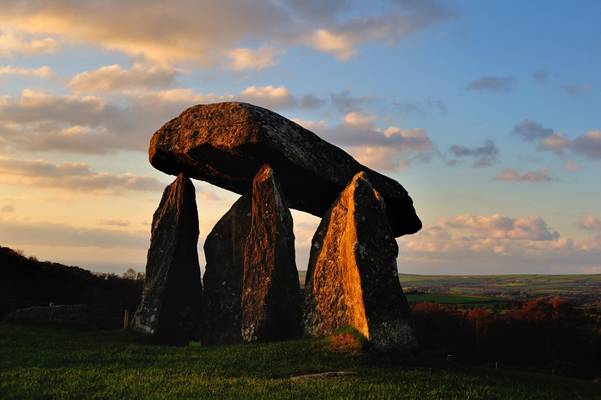
Balancing - Last light at Pentre Ifan, with the huge capstone balancing on the tips of three other stones as it has since Neolithic times.
The...

St Brynach's - The ruins of St Brynach's Church in Cwm Yr Eglwys
The Church of St Brynach, which sits on a pre-Norman site, was severely damaged...
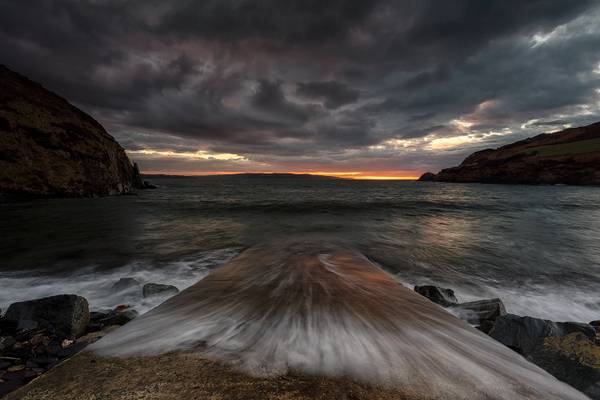
One of my favourite locations while travelling around Pembrokeshire for the first time last week was Dinas Island. This is a wonderful peninsula that...

by Alan Taylor
St Davids Cathedral is situated in St Davids in the county of Pembrokeshire, on the most westerly point of Wales.
A hand-held shot with high ISO and tons of post-processing.
My website: Deep Mono Photography

by jim stephenw
HDR image taken inside St David's cathedral, by tone-mapping 3 exposures taken at +2EV, 0EV and -2EV.
St David's Cathedral is situated in St Davids in the county of Pembrokeshire, on the most westerly point of Wales. Built upon the site of St David's 6th century monastery, St David’s Cathedral has been a site of pilgrimage and worship for many hundreds of years and remains a church serving a living community. During the 10th and 11th centuries the cathedral was regularly raided by Vikings arriving from the western seaways. A visitor in the 11th century found only an abandoned site with St David's shrine lost amongst the undergrowth. It is known that in 1089 the shrine had been removed from the church and stripped of the precious metals which had adorned it. In 1115 Bishop Bernard was appointed bishop of St Davids by King Henry I, and in 1123 Bishop Bernard secured a "privilege" from Pope Calixtus II. In 1131 he dedicated a new cathedral and in 1181 work on the present Cathedral was begun.

by jim stephenw
Some handheld photos taken using Sony's in-camera D-Range Optimiser function set at Lv3 which can be used to capture RAW images.

by jim stephenw
First attempt at using ND filters and long exposures, I would have preferred the tide to be fuller than it was to get more of a blurred sea affect, but quite happy with the result in the end.
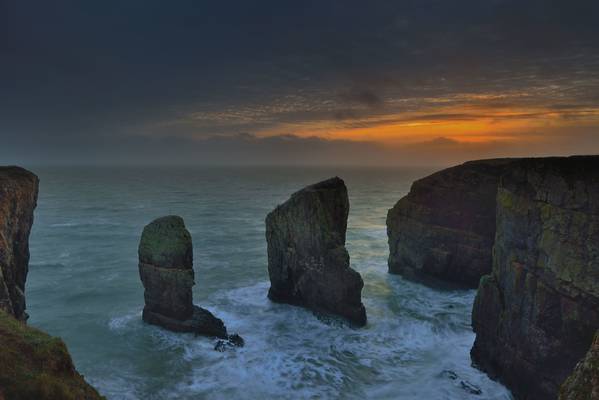
Blown away – Blown away, quite literally, by the raw natural beauty and scale of Stack Rocks at sunset under dramatic lighting and conditions with...
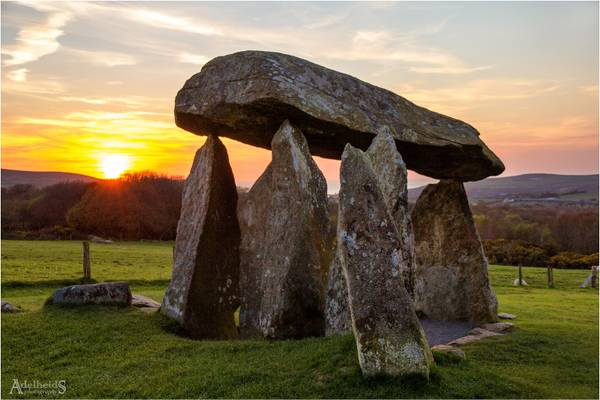
by Adelheid Smitt
Sunset at Pentre Ifan in Southwest Wales
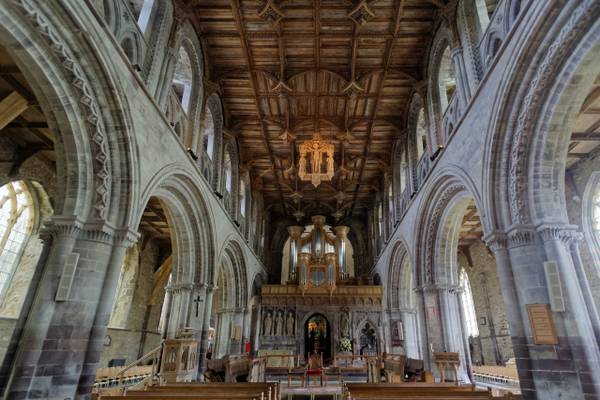
by jim stephenw
Some handheld photos taken using Sony's in-camera D-Range Optimiser function set at Lv3 which can be used to capture RAW images.
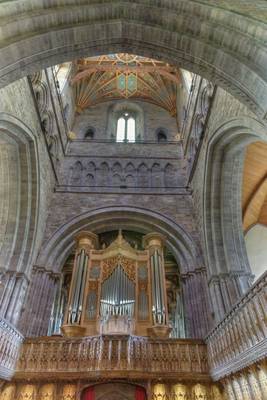
by jim stephenw
HDR image taken inside St David's cathedral, by tone-mapping 3 exposures taken at +2EV, 0EV and -2EV.
St David's Cathedral is situated in St Davids in the county of Pembrokeshire, on the most westerly point of Wales. Built upon the site of St David's 6th century monastery, St David’s Cathedral has been a site of pilgrimage and worship for many hundreds of years and remains a church serving a living community. During the 10th and 11th centuries the cathedral was regularly raided by Vikings arriving from the western seaways. A visitor in the 11th century found only an abandoned site with St David's shrine lost amongst the undergrowth. It is known that in 1089 the shrine had been removed from the church and stripped of the precious metals which had adorned it. In 1115 Bishop Bernard was appointed bishop of St Davids by King Henry I, and in 1123 Bishop Bernard secured a "privilege" from Pope Calixtus II. In 1131 he dedicated a new cathedral and in 1181 work on the present Cathedral was begun.
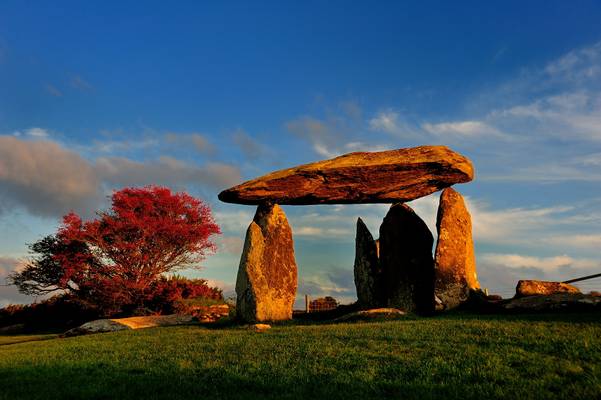
Neolithic Wales - Golden hour at Pentre Ifan, a potent reminder of Neolithic Wales.
The largest and best preserved Neolithic monument in Wales,...
Thanks to all Phoide contributors to Pembrokeshire Coast National Park!
Most notably Andrey Sulitskiy, jim stephenw and Alan Taylor.
